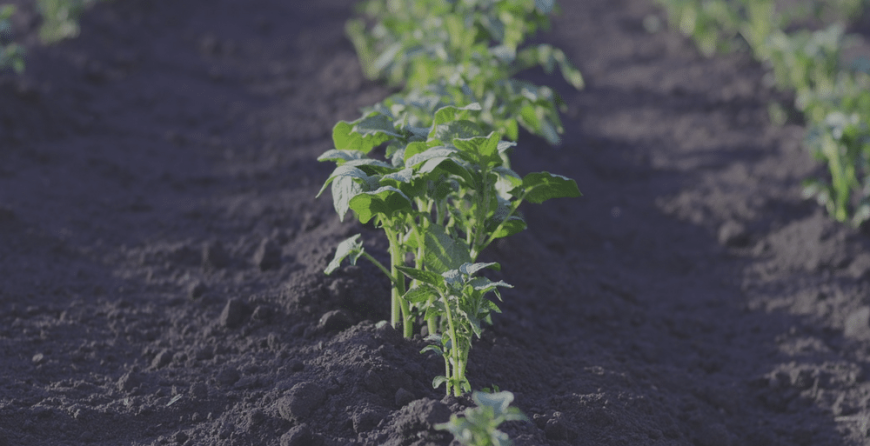 Planning an organic gardening is a top priority for gardeners in order to save time, money and unnecessary disappointments. This also sets you up for success in the very end, in that you will have determined what to grow, where going to grow it and most importantly when to grow and sow it.
Planning an organic gardening is a top priority for gardeners in order to save time, money and unnecessary disappointments. This also sets you up for success in the very end, in that you will have determined what to grow, where going to grow it and most importantly when to grow and sow it.
Right Plant, Right Place
Before you begin investing in your organic garden, it is important to observe your garden; is it all full sun, how windy is it, and what direction does it come from? These are some questions that will help you decide on what is right to plant at a particular space in your garden. For example, tender crops will do well in the sunny areas of the garden but salads and fleshy herbs will do better in partly shaded areas. This does not mean that you can’t grow certain plants, you can actually grow some plants to help out others; sunflowers can stand as shade for lettuce. When it comes to wind exposure, some plants such as corn may need slight winds for pollination, while the same winds may make growing climbing beans impossible.
Crop Rotation
Crop rotation is one good way of ensuring a good crop season while also taking care of your soil for the next season. Consider planting cabbages after beans and before carrots? Why you ask. Well, cabbages are a very hungry plant that takes nutrients from the soil during its time on the ground, planting a less needy plant such as carrots will give the soil time to revitalize. On the other hand, beans enrich the soil through releasing an essential micronutrient, nitrogen, which will greatly benefit cabbages when planted. There is great importance in finding a balance in the crops you consider growing in your garden.
What to Sow When
After deciding what to grow, it is important to sit down with your planner and record important key dates for sowing, planting and harvesting each of your crops. A garden planner will help you out with your decided plant list and recommend dates for planting and sowing indoors and outdoors and well as harvesting according to your indicated location. With reminders twice a month, you are sure to get the very best of your garden.
In addition to dates, the planner will put in perspective the plants you need to utilize the space that you have appropriately. With this, you can calculate how many seed containers, plant supports, and the amount of potting soil to shop for before time.
Make the Most of Your Garden Space
Organic gardening is made successful through the utilization of your garden. Proper planning will ensure that succession of plants keeps production high. A garden planner has tools that will easily help you out. All you need to do is to set what months each plant will grow within the year, keep checking your plan on when crops are harvested in order to see which plants would be suitable to grow then. You will need to keep up with this and other directives as you learn to use the planner which will result in you harvesting more than you could ever imagine your garden could give.
It is no secret that a beautiful looking garden is the envy of neighbors. You may have been that neighbor wondering just how your neighbor does it. Well, I’m here to tell you that the secret to a beautiful and healthy garden is as simply going to the basics which is planning! To make this even easier, a garden planner has been designed to help you, before and during each planting season.


